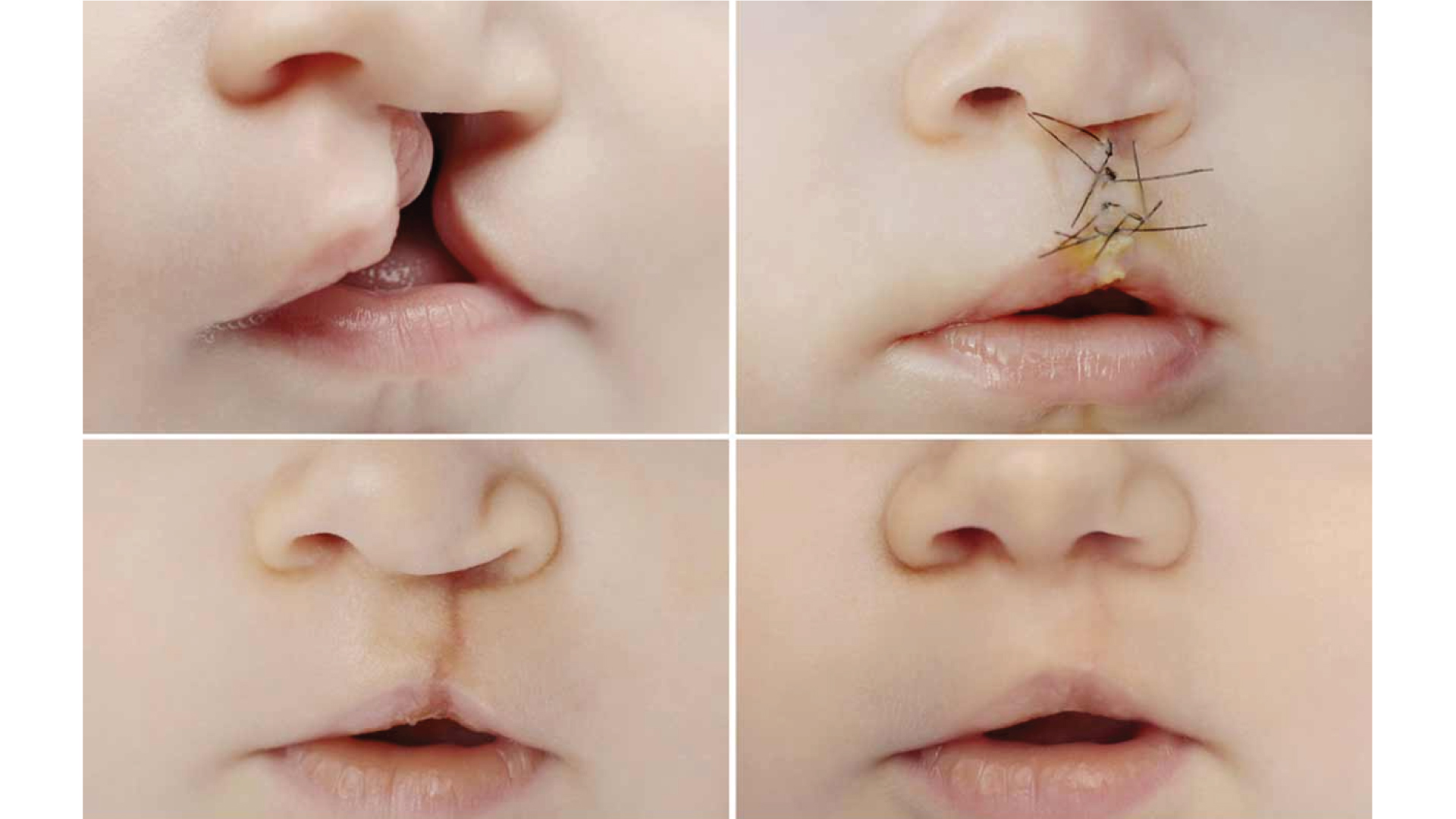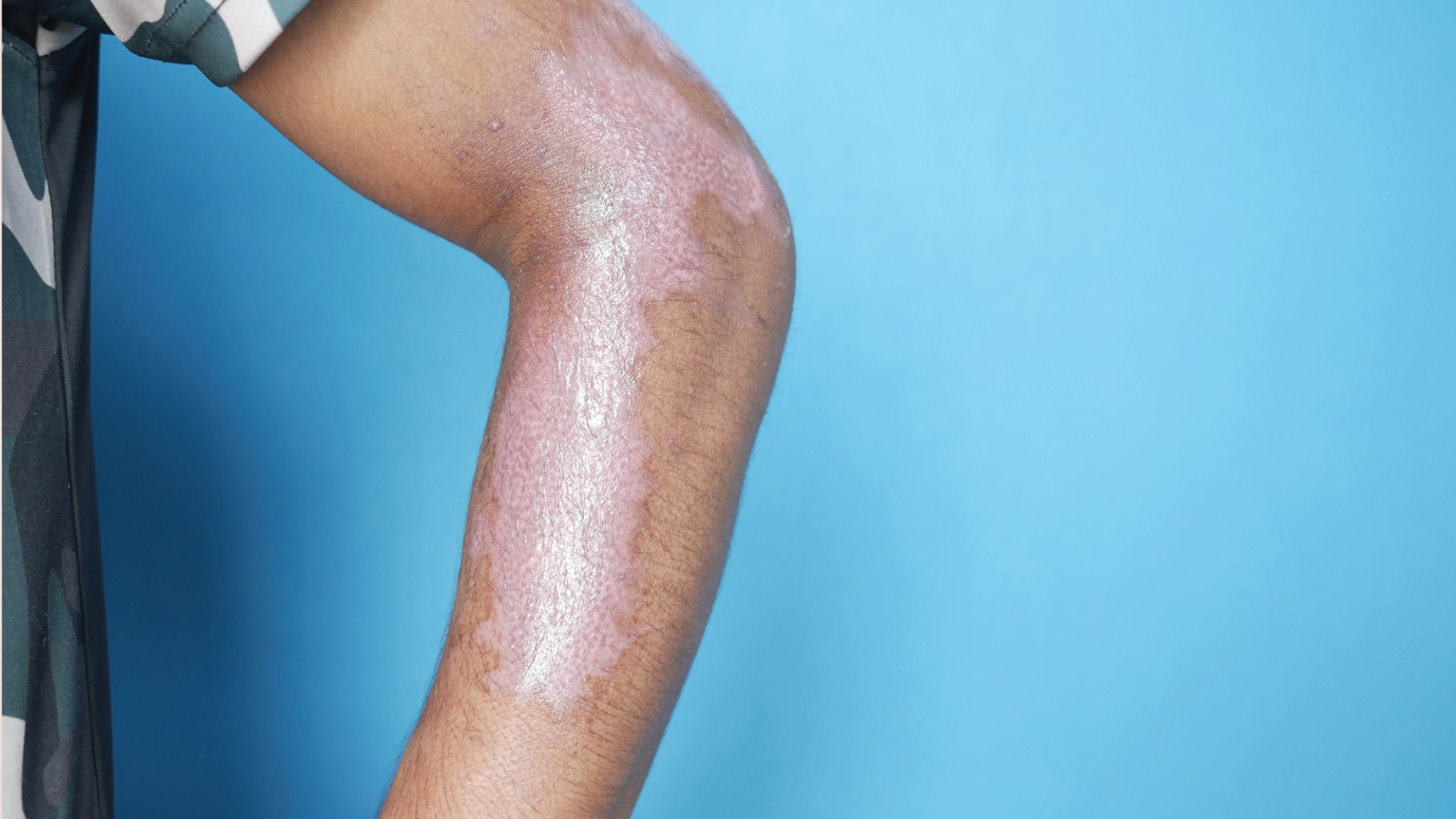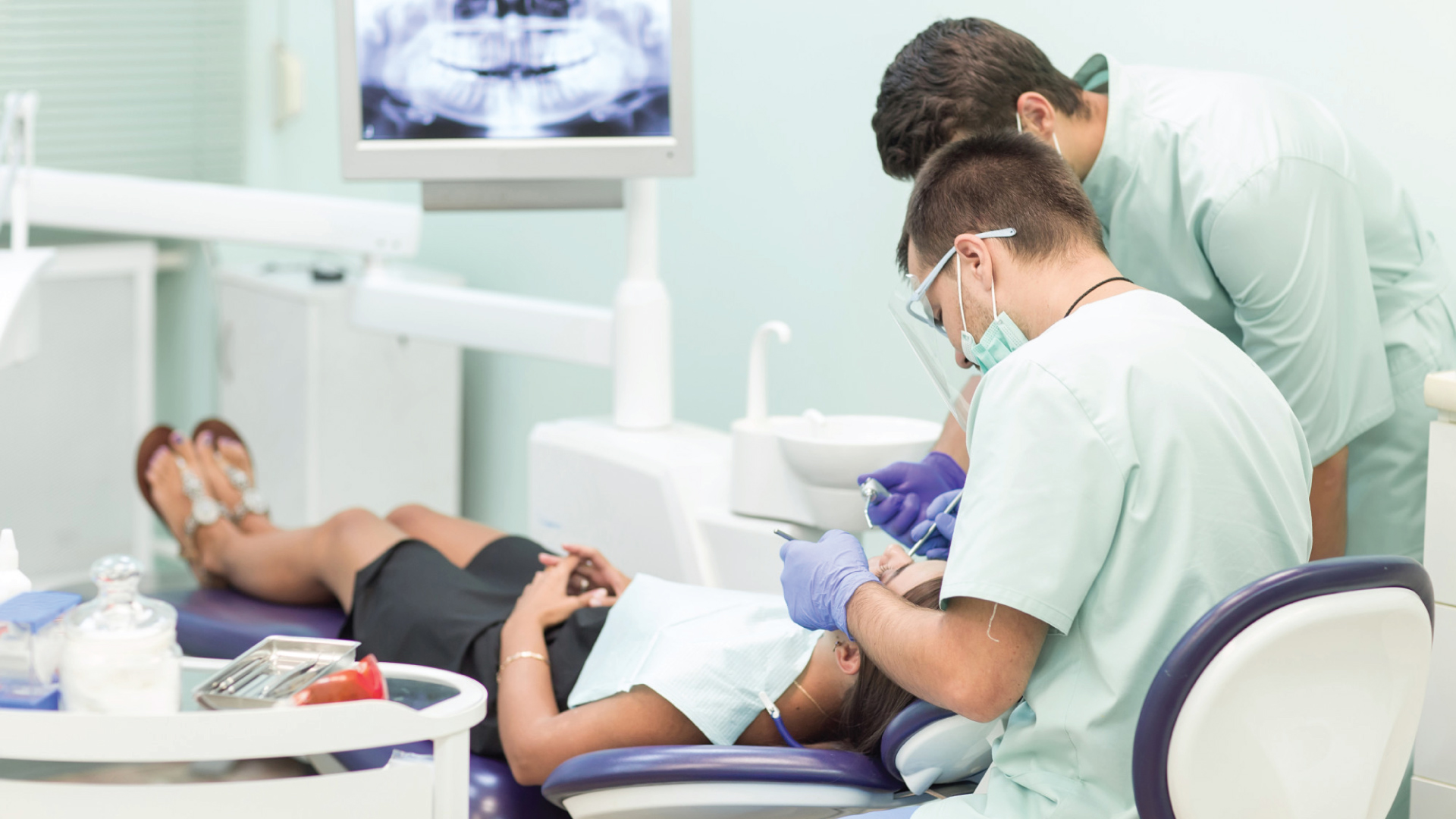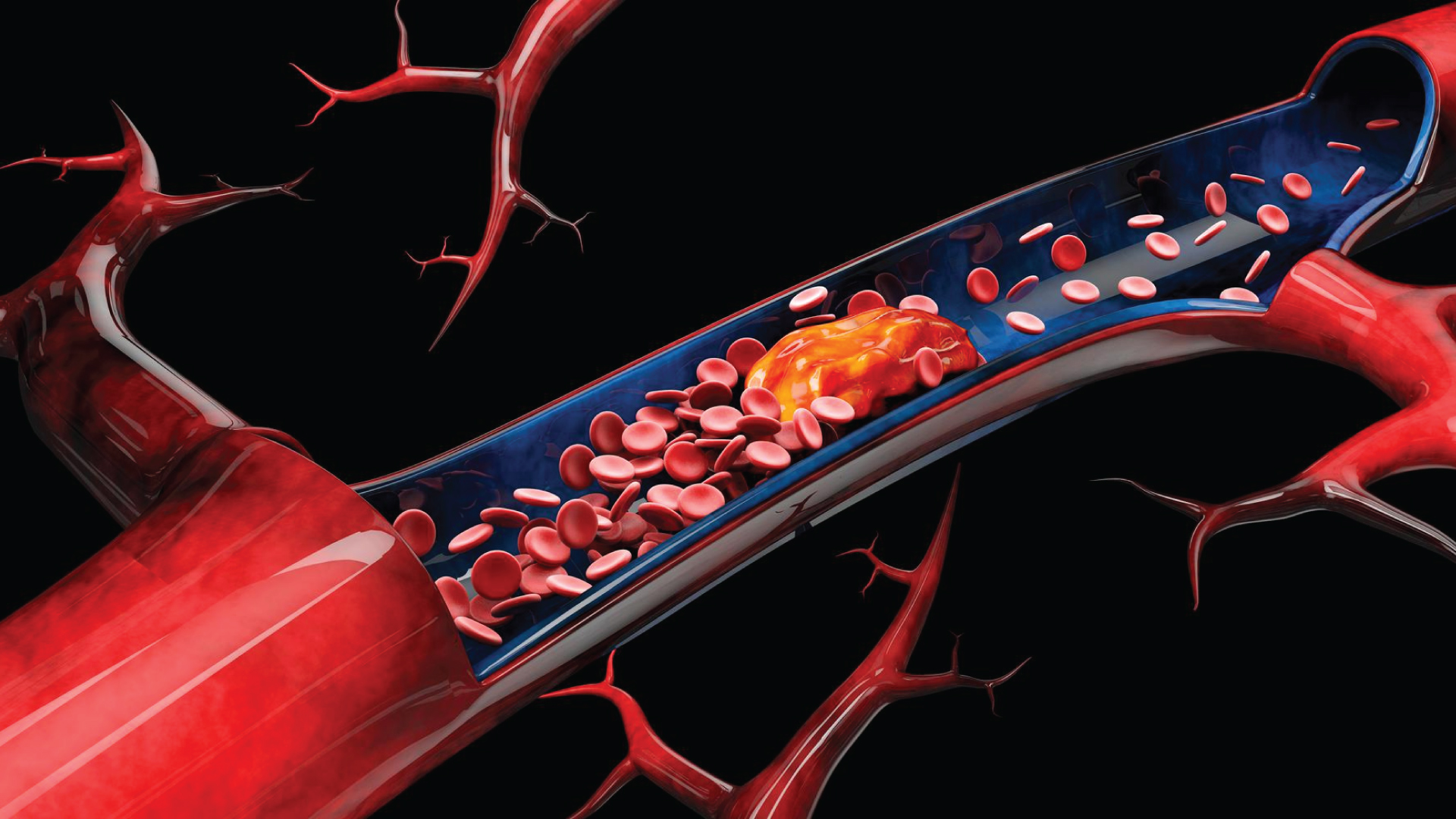
Congenital Deformities
Congenital muscular torticollis, in layman’s language, means an infant is born with a twisted neck. The chin points to one shoulder; the head tilts to the other.

Burns
There are two main categories of burn surgery: acute and reconstructive. Acute burn care occurs immediately after the injury. It is delivered by a team of Trauma Surgeons (General Surgeons) that specialize in acute burn care.

Surat’s Trusted Care for Post-Trauma Reconstruction
Traumatic injuries result in damage to the skin, soft tissue, muscle and, sometimes, the bones.The type and extent of surgery depends on the nature and location of the injuries and the care provided at the time of the original injury.

Muscle – Tendon Injury
Muscle tendon injuries in sport, particularly contact sports are extremely common. So how do we manage these injuries more effectively to ensure a smooth transition back to competition?

Maxillofacial Surgery
Oral and maxillofacial surgery is surgery to correct a wide spectrum of diseases, injuries and defects in the head, neck, face, jaws and the hard and soft tissues of the oral and maxillofacial region.

Microvascular Injury
We have used both tropolone as binding agents with PMNs. At the present time,complexes of In]oxinehave found wide acceptance as labeling agents for white blood cells.

Post Cancer Reconstruction
For many women diagnosed with breast cancer, the possibility of breast removal, or mastectomy, can set off a number of emotions. The loss of a breast, and sometimes both, can in some ways be as traumatic as the diagnosis of cancer itself.